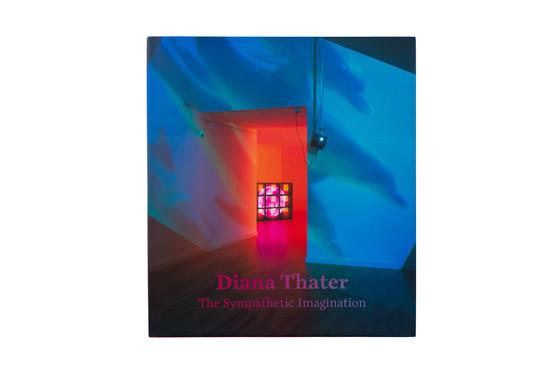Lisa Gabrielle Mark, LACMA's publisher, chatted with Green Dragon Office's Lorraine Wild, creative consultant for LACMA and designer of the exhibition catalogue for Diana Thater: The Sympathetic Imagination. Below is their conversation about working with artists and art, and how the Diana Thater exhibition catalogue came about.
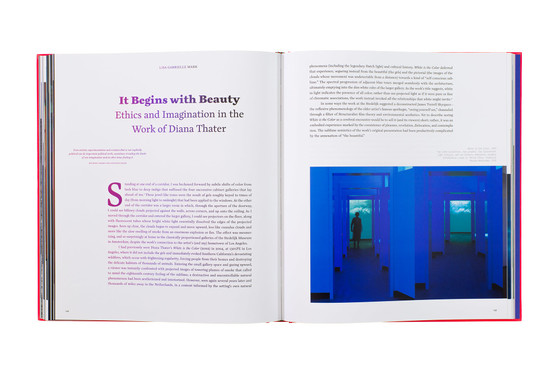
Lorraine, as a graphic designer you are renowned for working in close collaboration with artists—including Barbara Kruger, Jim Shaw, James Welling, and the late Mike Kelley, among others—to represent their work and their thinking in book form. How was it working with Diana Thater? Did she come to the table with a lot of specific ideas or was she looking to you to make proposals?
The first meeting we had with Diana was very early; at her studio, to look over the model for the installation of the exhibition. This was a really important step for Ching Wang [designer at Green Dragon] and me because it gave us an early insight into the way Diana thought about the relationship of various works to one another, which turns out to be the way that she and the curators (Lynne Cooke and Christine Kim) were developing the exhibition. Looking at a model like that is like looking at a drawing, you really see the thinking. This was particularly important for us since we had not necessarily experienced much of her installed work, and one of our goals was to somehow capture the nature of her installations in the pages of the book. For instance, seeing the model and then reviewing the available photos of her past work was when we first really noticed that Diana has consistently not created a "black box" for her video works, that light and space and architecture are very much evident in her installations. The common trope of books on media art, where a lot of black is used to indicate the theatrical context of the work, immediately seemed not to work, and Diana confirmed that. So out went black, and in came the idea of using color in a really robust but "connected" way. Another interesting thing that Diana brought to us was her interest in indexes and lists, which put various bibliographical-structural issues in play, in that we felt we could think about the actual structure of the book as a kind of "architecture," in ways that parallel Diana's interaction with structure in her installations. Diana was an ideal collaborator in that she brought a lot of ideas to us without specifically outlining how she expected us to translate those ideas.
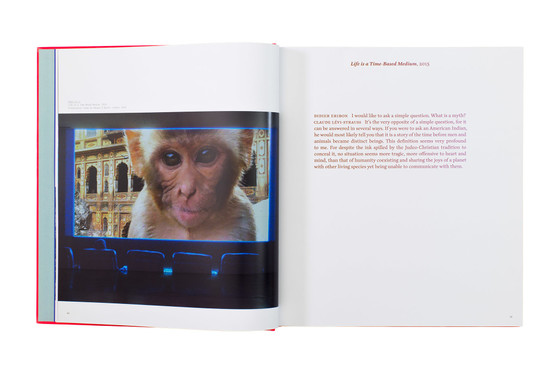
How is making an exhibition catalogue and/or working closely with artists the same or different than the other types of things a designer might do? I know you’ve taught design at CalArts for many years. Is there any advice you give to students about working with art, as opposed to, say, developing brands?
Many young designers are so enthusiastic about working on publications about art: I swear half of the crowds at the Los Angeles Art Book Fair are graphic design students! And everyone says they are looking to collaborate. It's harder than everyone thinks, though. The big challenge of collaboration with artists is that of really listening to what the artist brings to the table, and really looking, and then trying to drop any pre-conceived notions of what one thinks an art book is supposed to look like. The delightful bonus of working with an artist on a book about their work is that the problem is so "real”: you don't have to search to create authenticity (as you often do in branding). In fact, as a designer, you have to make sure you don't do something to kill the authenticity of the work. In the books that we design, we try very hard to capture something in the design of the book that amplifies and compliments the artist's work which also helps the reader understand, through the interrelationship between pictures and text, just what makes the work so interesting. It's an endlessly fascinating problem that has as many solutions as there are artists.
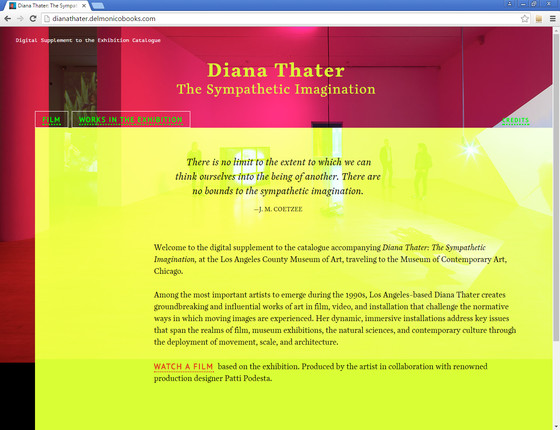
How did the idea to do a “digital supplement” for the Thater catalogue come about? And what new challenges did it present? Do you have any specific thoughts about the relationship of print to digital media?
I think we are working in a time when the relationship between print and digital publications is being explored in every way. We're already beyond the first stage, where digital versions of print books were being made available, to the point we are at now, where the first question to ask is "what can the digital do that the print can't (and vice-versa)?" The biggest problem with Diana's project was we (Lisa Mark, the curators, the designers, and our publisher, Mary DelMonico) all knew that Diana's installation would be fantastic, and worthy of documentation, and that of course it would be finished long after the catalog had gone to press. So the photographic documentation of the LACMA installation (by Fredrik Nilsen, an extraordinarily skilled photographer) was commissioned for publication in the digital supplement, along with the actual video clips from the various installed works that use them, and also the film that Diana Thater and Patti Podesta collaborated on: "a trailer" for the exhibition, designed to be shown both in the Bing Theater and online.
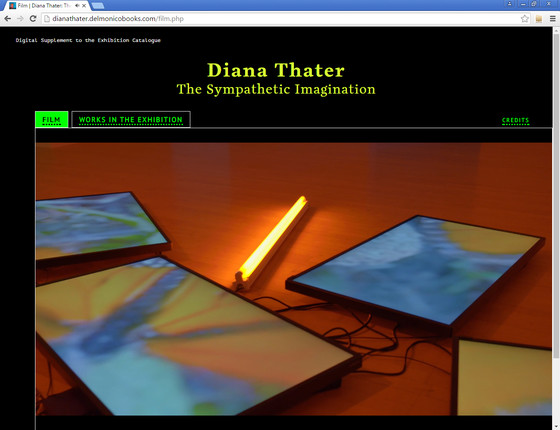
The design of the digital supplement is very fluid, and we tried to replicate the sense of movement and the light of Thater’s installation, and we also adapted the typography of the book into the supplement. The challenge of the digital supplement is in the gathering of the material and the editing of content to really capture the experiential nature of an exhibition installation, maybe in more direct ways—certainly for media-based work—than you can accomplish in print. On the other hand, it still feels rather awkward to suggest that digital formats can hold the kinds of scholarly curatorial writing that the museum publishes. When the two publications complement each other—as I think the Thater publications do—I feel like we are looking at the expanded future of art publishing!
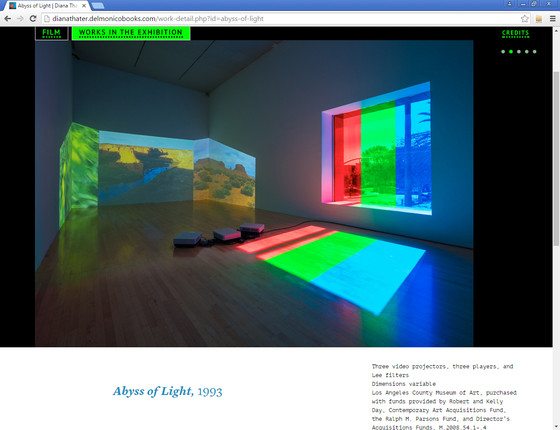
Visit Diana Thater: The Sympathetic Imagination, on view in the Art of the Americas building through April 17, 2016.



